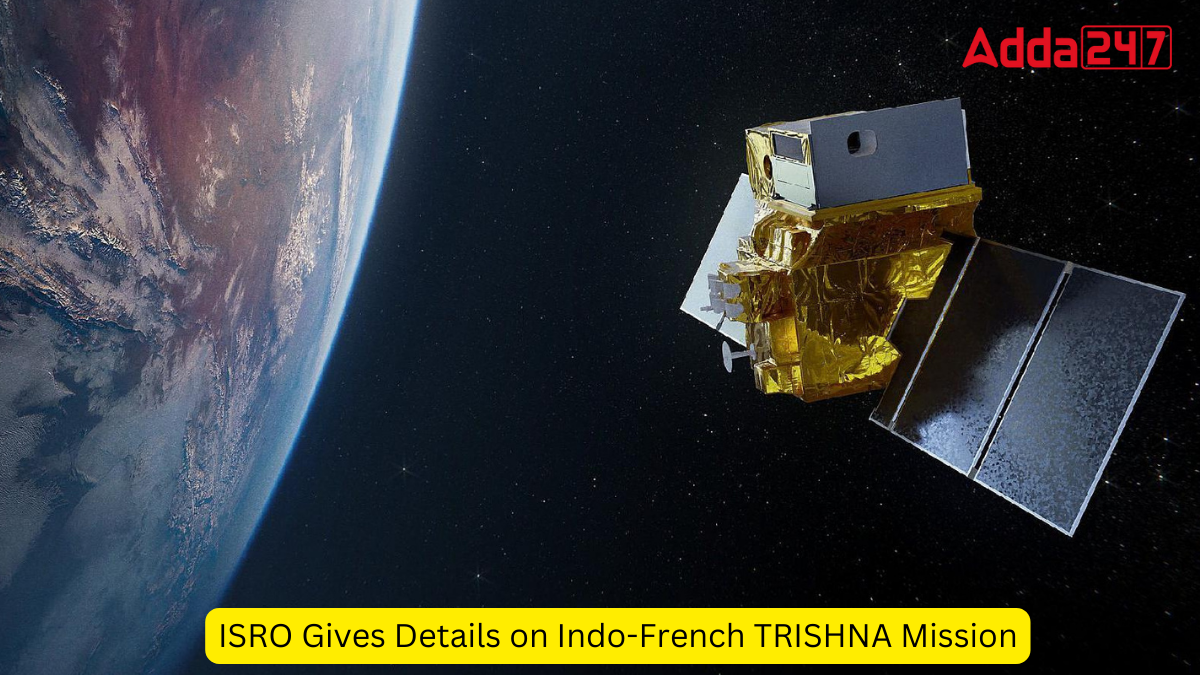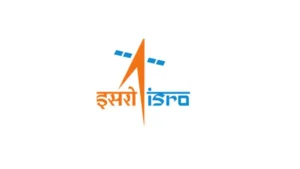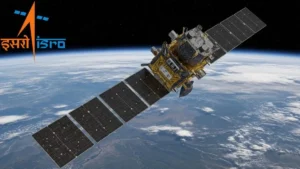Space agency ISRO has announced a joint Indo-French infrared earth observation satellite mission, TRISHNA (Thermal Infra-Red Imaging Satellite for High-Resolution Natural Resource Assessment), to monitor surface temperature and water management around the world.
About This Project
The project, which comes when both India and Europe have been assailed by extreme heat, will provide data points for climate impacts on earth through evapotranspiration monitoring, which measures the evaporation of water from land as well as release from plants.
- The mission will study water presence and concentrations, as well as dynamics including melting glaciers, in various parts of the biosphere, quantifying water being used on land and how. ISRO said for heat, the satellite will monitor thermal anomalies and spikes, emission of heat from land, surface energy, urban heat islands, and other global parametres.
- In the process, the satellite will also study aerosols, water vapour, and clouds in the atmosphere around the world.
- It is currently tentatively set to launch in 2025 with an expected lifespan of 5 years.
Payloads and parameters
- The satellite will carry two primary payloads. The Thermal Infra-Red (TIR) payload will be provided by the French space agency CNES, and will be a four channel long-wavelength infrared imaging sensor that will study high-resolution surface temperature. It will also map the amounts of heat radiated back from land in different regions.
- The Visible Near Infrared-Red Short Wave Infrared-Red (VNIR-SWIR) payload is being developed by ISRO, and will map over seven bands the reflectivity or albedo of earth’s surface. This will measure the amount of heat reflecting off the earth’s surface, and will also calculate various biophysical and radiation budget variables.
Expected Benefits of This Mission
- The mission is expected to boost remote sensing technology, which is monitoring earth from a distance up in the orbit. The satellite and the data it will provide is made more crucial as extreme temperatures and weather events take hold of the globe.
- ISRO said the mission would address critical water and food security issues by providing essential data that can in turn be used for newer sustainable policies in water, among watershed managers, agro-industries, and the farming community in India.
- The infrared heat imaging in the satellite is also of quite high resolution, and the satellite has a “high-repeat” imaging capability (presumably to image the same area multiple times), which would help in improving understanding of earth’s natural processes to aid global climate change mitigation efforts.
- ISRO also said the TRISHNA mission will address crucial water and food security challenges, focusing on anthropogenic or human-induced impacts of climate change.




 ISRO Launches RESPOND Basket 2025, Calls...
ISRO Launches RESPOND Basket 2025, Calls...
 LVM3-M6 Rocket Set to Launch on December...
LVM3-M6 Rocket Set to Launch on December...
 Michaela Benthaus to Make History as Fir...
Michaela Benthaus to Make History as Fir...







